Introduction: Korean Grammar ‘-아/어지’
Learning Korean grammar can be challenging, but breaking it down into manageable lessons can make it easier. Today, we will explore the grammar pattern ‘-아/어 지다,’ which is used to indicate a change in state or condition in Korean. This lesson will help you understand and use this form effectively.
Learn Korean with JAEM Korean App: Improve your Korean with our app through free lessons and courses. And also, Join our 4-week challenge program to progress from upper-beginner to master level with Native Korean Coaches.
AI Writing Practice Program: Enhance your writing skills with JAEM TOPIK, our AI-powered practice program. Get personalized feedback and TOPIK tips to elevate your Korean writing.
Our Book: Don’t miss out on our comprehensive book that covers essential Korean language skills and strategies.
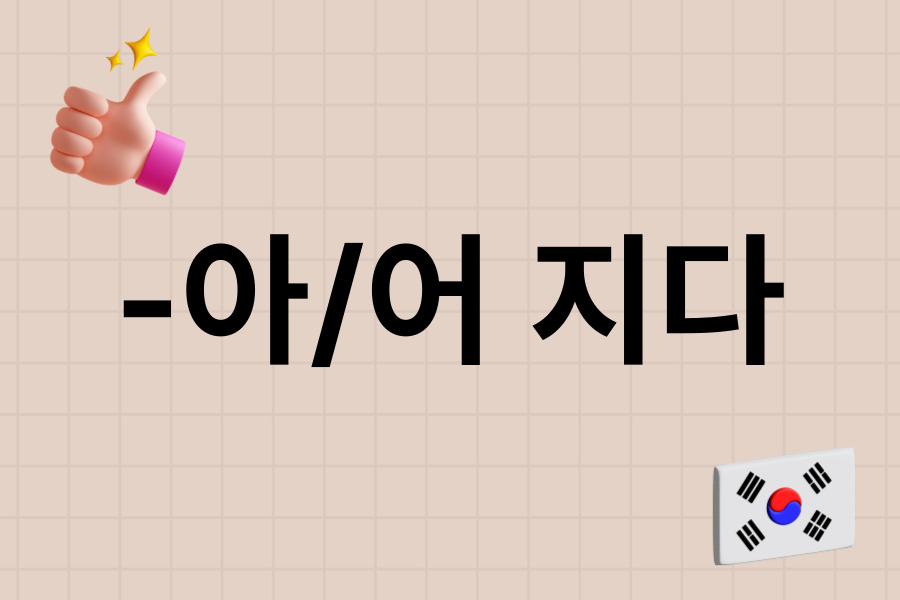
Jump to:
Grammar Explanation: -아/어 지다
The grammar pattern ‘-아/어 지다’ is used to express a change in state or condition, similar to “become” or “get” in English. The ending depends on the vowel in the verb stem.
Formation:
- If the stem has a bright vowel (ㅏ or ㅗ), add ‘-아지다.’
- If the stem has a dark vowel (any other vowel), add ‘-어지다.’
- If the verb stem ends in 하다, it changes to 해지다.
| Adjective | Stem | Form | Example Sentence |
|---|---|---|---|
| 크다 (big) | 크 | 커지다 | 나무가 커졌어요 (The tree has become big) |
| 작다 (small) | 작 | 작아지다 | 물건이 작아졌어요 (The item has become small) |
| 조용하다 (quiet) | 조용하 | 조용해지다 | 방이 조용해졌어요 (The room has become quiet) |
Examples
Adjective Examples:
- 쉽다 (easy)
- 쉬워지다 = To become easy
- 문제가 쉬워졌어요 = The problem has become easy.
- 춥다 (cold)
- 추워지다 = To become cold
- 날씨가 추워졌어요 = The weather has become cold.
- 깨끗하다 (clean)
- 깨끗해지다 = To become clean
- 방이 깨끗해졌어요 = The room has become clean.
- 더럽다 (dirty)
- 더러워지다 = To become dirty
- 옷이 더러워졌어요 = The clothes have become dirty.
Additional Examples:
- 건강하다 (healthy)
- 건강해지다 = To become healthy
- 운동을 해서 건강해졌어요 = I have become healthy by exercising.
- 어렵다 (difficult)
- 어려워지다 = To become difficult
- 일이 어려워졌어요 = The work has become difficult.
- 슬프다 (sad)
- 슬퍼지다 = To become sad
- 영화를 보고 슬퍼졌어요 = I became sad after watching the movie.
- 행복하다 (happy)
- 행복해지다 = To become happy
- 좋은 소식을 들어서 행복해졌어요 = I became happy after hearing the good news.
Usage in Context
When using ‘-아/어 지다’ in different contexts, it emphasizes a change in state or condition.
Everyday Contexts:
- 날씨가 따뜻해졌어요 = The weather has become warm.
- 저녁이 빨리 어두워져요 = The evenings get dark quickly.
- 한국어가 점점 쉬워져요 = Korean is becoming easier.
Special Occasions:
- 기분이 좋아졌어요 = I feel better (My mood has improved).
- 친구가 친절해졌어요 = My friend has become kinder.
- 문제가 복잡해졌어요 = The problem has become complicated.
Cultural Insight: In Korean culture, expressing changes in state is common in everyday conversation. It helps to describe not only physical changes but also emotional and situational transformations.
Common Mistakes
Common Mistakes:
- Incorrect: 크지다 (Incorrect application of ‘-지다’)
- Correct: 커지다 = To become big.
Mistake Explanation: Ensure that the correct form ‘-아/어 지다’ is used depending on the vowel in the adjective stem.
Related Grammar Points
Explore these related grammar points to deepen your understanding:
- -게 되다: To indicate a change in situation or outcome.
- -아/어 있다: To express a continuing state.
- -아/어 하다: To express feelings or emotions.
- -아/어 보다: To try doing something.
Practice Exercises
Practice Makes Perfect!
- Exercise 1: Conjugate the following adjectives with ‘-아/어 지다.’
- 크다 (big)
- 작다 (small)
- 조용하다 (quiet)
- 더럽다 (dirty)
Answer Key:
- 커지다
- 작아지다
- 조용해지다
- 더러워지다
- Exercise 2: Create sentences using ‘-아/어 지다’ for the following situations:
- The weather has become warm.
- The problem has become easy.
- The room has become clean.
- He has become happy.
Answer Key:
- 날씨가 따뜻해졌어요.
- 문제가 쉬워졌어요.
- 방이 깨끗해졌어요.
- 그는 행복해졌어요.
Summary and Conclusion: -아/어 지다
Today, we covered the grammar point ‘-아/어 지다’ and how to use it to express changes in state or condition in Korean. This pattern is essential for describing transformations and developments. Continue practicing with our workbook and check out related lessons for more in-depth learning.
If you have any questions or suggestions, feel free to comment below. Happy learning!
Learn Real Korean with JAEM!
Learn Korean with JAEM Korean App: Discover the best way to learn real Korean with our comprehensive app. Enjoy a wide variety of free lessons and courses designed to help you master the language. Also, our unique 4-week challenge program guides you from an upper-beginner level to a master course, all under the guidance of Native Korean Coaches. Whether you’re just starting out or looking to refine your skills, this program offers an effective path to fluency.
AI Korean Writing Practice Program: Take your Korean writing to the next level with JAEM TOPIK, our innovative AI writing practice program. This service provides personalized feedback and practical tips tailored to your learning needs. With a focus on improving your Korean writing, JAEM TOPIK also offers specific strategies for excelling in the TOPIK exam. Benefit from expert insights and targeted advice to enhance your proficiency and confidence in writing.
Our Book: Additionally, explore our comprehensive book that covers essential Korean language skills and strategies. This valuable resource complements our app and AI program, providing a holistic approach to mastering Korean.
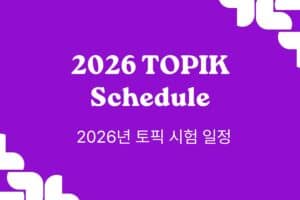
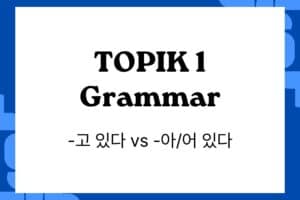
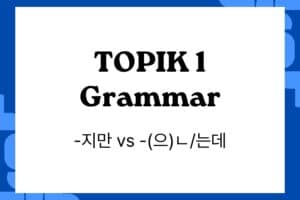
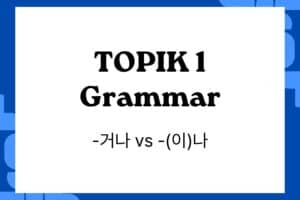









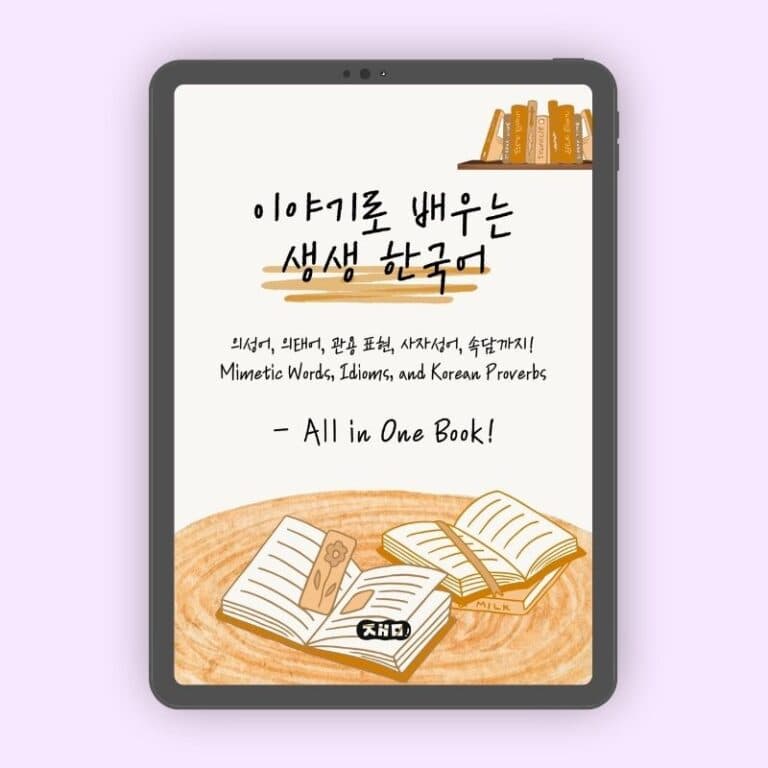
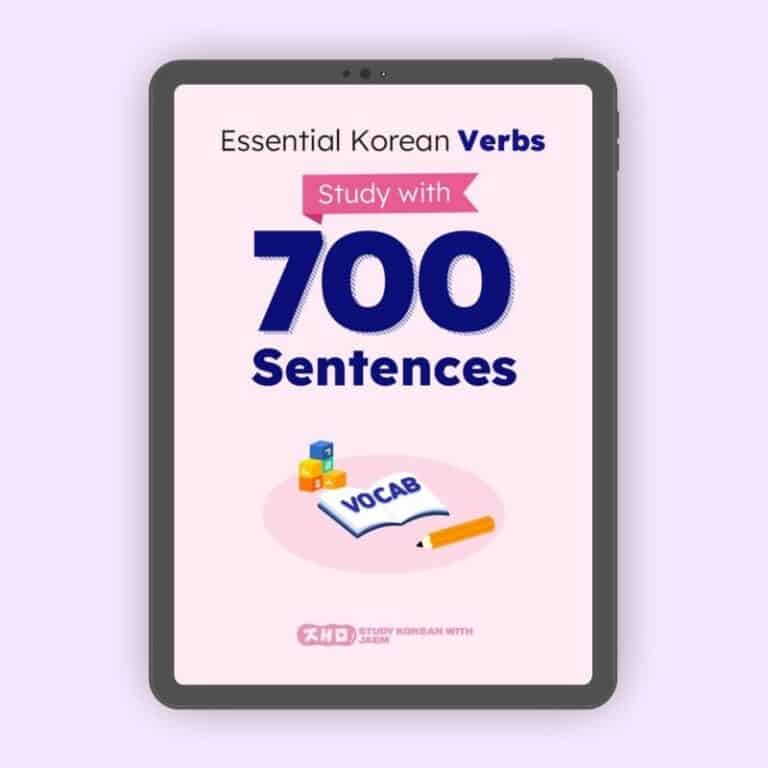
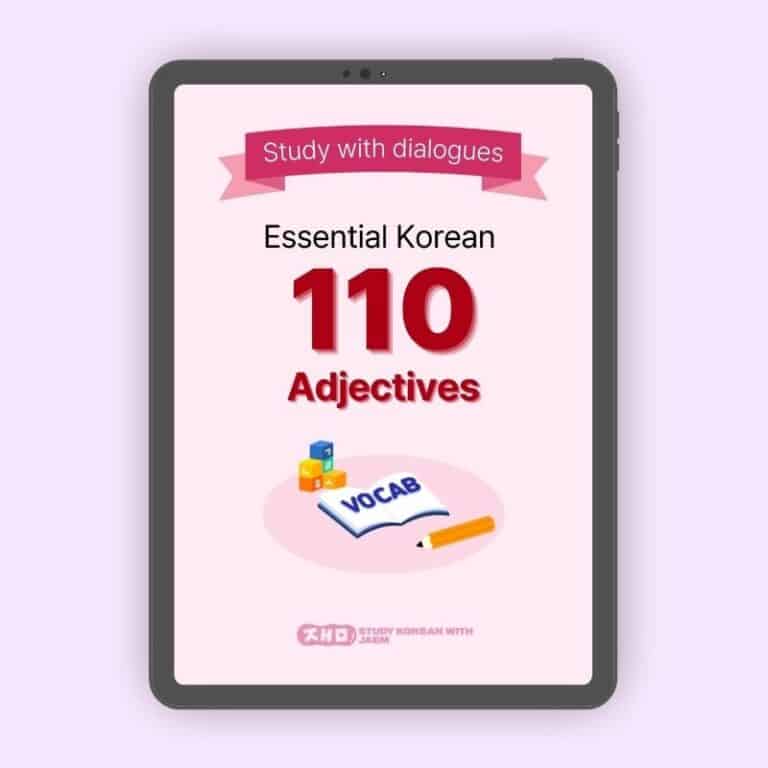

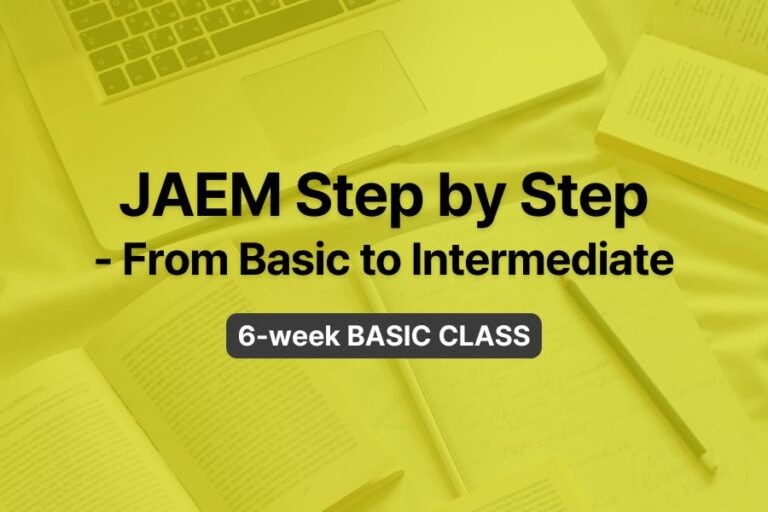
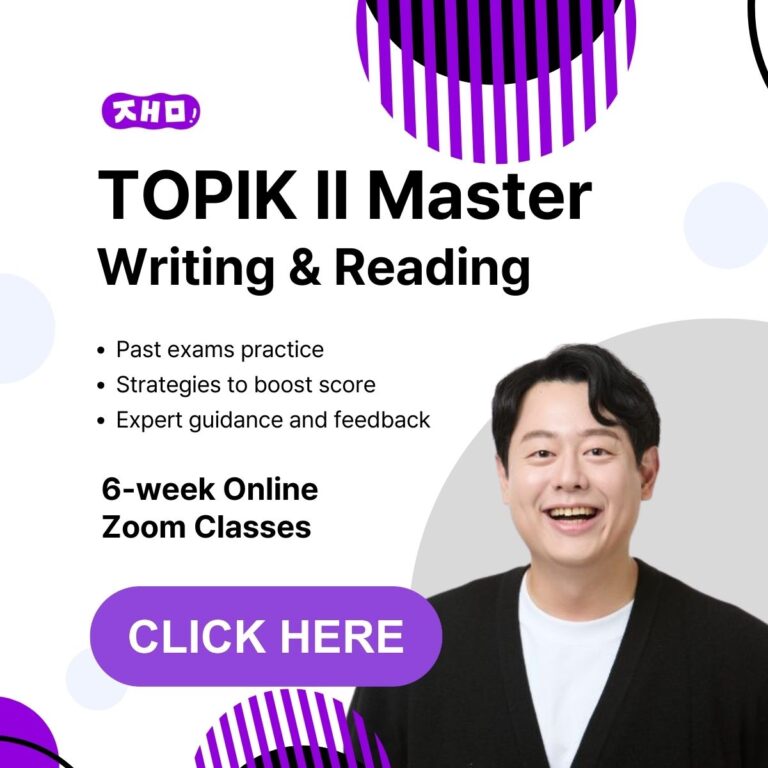
Responses